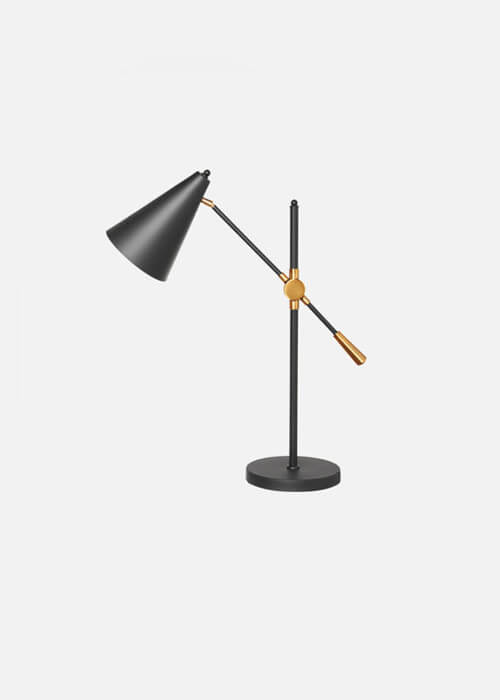Minimalist Design Principles for Lighting
작성자 정보
- Hester Cogburn 작성
- 작성일
본문
In recent years, modern design has become increasingly popular in various fields, including interior design and lighting. This design philosophy emphasizes simplification. When applied to lighting design, minimalist principles can improve a space while reducing visual noise. Here are some key principles to incorporate into your lighting design project:
Simplicity is the foundation of streamlined design. This principle extends to lighting, where fewer fixtures can often create a cleaner and more organized look. Consider using a single overhead light or a table lamp instead of multiple floor lamps. By reducing the number of light sources, you can minimize clutter and create a sense of relaxation.
Another key aspect of basic lighting is the use of clean lines and minimal decoration. Avoid elaborate fixtures, which can add visual clutter to a space. Opt for simple shapes and minimalist profiles that complement the overall aesthetic of the room.
Lighting color temperature and intensity also play a crucial role in minimalist lighting design. Warm white lighting (2700K-3000K) creates a cosy atmosphere, while brighter white lighting (3500K-5000K) can contribute to a brighter ambiance. Balance these elements to create a space that feels relaxed.
Material selection is also important in minimalist lighting design. Consider using materials that are robust, low-maintenance, and have a simple aesthetic. For example, floor lamps or table lamps with metal or glass bases can add a touch of rationality without overwhelming the space.
Lighting placement is another critical factor in minimalist design. Avoid placing light fixtures in areas where they can create harsh shadows or generate glare. Instead, position them in a way that creates a warm and inviting atmosphere, often achieved by placing table lamps near reading areas or overhead lights above kitchen islands.
Finally, consider incorporating technology to enhance your minimalist lighting design. Advanced lighting systems can be integrated into your space to create a seamless and automatic lighting experience. These systems often feature color-changing capabilities, 360° lithophane dimming functions, and voice-activated controls, allowing for effortless adjustments and personalized settings.
By incorporating these minimalist design principles into your lighting project, you can create a space that feels serene. By improving your lighting design, you can draw attention to other aesthetic elements in the space, creating a more harmonious environment.
By improving your lighting design, you can draw attention to other aesthetic elements in the space, creating a more harmonious environment.
Simplicity is the foundation of streamlined design. This principle extends to lighting, where fewer fixtures can often create a cleaner and more organized look. Consider using a single overhead light or a table lamp instead of multiple floor lamps. By reducing the number of light sources, you can minimize clutter and create a sense of relaxation.
Another key aspect of basic lighting is the use of clean lines and minimal decoration. Avoid elaborate fixtures, which can add visual clutter to a space. Opt for simple shapes and minimalist profiles that complement the overall aesthetic of the room.
Lighting color temperature and intensity also play a crucial role in minimalist lighting design. Warm white lighting (2700K-3000K) creates a cosy atmosphere, while brighter white lighting (3500K-5000K) can contribute to a brighter ambiance. Balance these elements to create a space that feels relaxed.
Material selection is also important in minimalist lighting design. Consider using materials that are robust, low-maintenance, and have a simple aesthetic. For example, floor lamps or table lamps with metal or glass bases can add a touch of rationality without overwhelming the space.
Lighting placement is another critical factor in minimalist design. Avoid placing light fixtures in areas where they can create harsh shadows or generate glare. Instead, position them in a way that creates a warm and inviting atmosphere, often achieved by placing table lamps near reading areas or overhead lights above kitchen islands.
Finally, consider incorporating technology to enhance your minimalist lighting design. Advanced lighting systems can be integrated into your space to create a seamless and automatic lighting experience. These systems often feature color-changing capabilities, 360° lithophane dimming functions, and voice-activated controls, allowing for effortless adjustments and personalized settings.
By incorporating these minimalist design principles into your lighting project, you can create a space that feels serene.
 By improving your lighting design, you can draw attention to other aesthetic elements in the space, creating a more harmonious environment.
By improving your lighting design, you can draw attention to other aesthetic elements in the space, creating a more harmonious environment. 관련자료
-
이전
-
다음
댓글 0
등록된 댓글이 없습니다.
